Airport expenditures questioned
NORWICH – A member of the Chenango County Airport Steering Committee has requested that the facilities’ contracted engineers try to combine components of three federally approved and funded improvement/safety projects in hopes of saving taxpayer dollars.
Local businessman and pilot Matt Giltner appeared to follow in the footsteps of town of Coventry Supervisor John Phelan who, at last month’s meeting of the Chenango County Board of Supervisors, first questioned the Federal Aviation Administration’s recent award of $350,000 in grants for the projects.
Phelan asked whether the improvements would actually be affordable in the future, called the amount available for the studies “ridiculous” and said it would be better saved for the nation’s grandchildren.
The FAA grants would pay the lion’s share for engineering and environmental impact studies in order to eventually widen the airport’s runway by 100 feet, rehabilitate the existing runway and taxiway and remove flight path approach and departure obstructions. The remaining cost, about 10 percent, is to be equally shared by the state and from interest from the county airport’s trust fund, given by Lt. Warren E. Eaton Jr. in 1986.
Principals of C& S Engineers of Syracuse, the firm that has consulted on the airport for Chenango County over the past decade or more, were on hand last week to provide an update to the steering committee. Their report included details on the recently granted FAA studies as part of the first phase of a 20-year, $22.7 billion airport layout/capital improvement program.


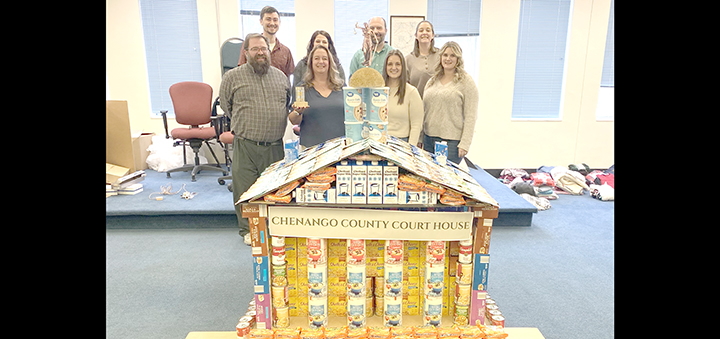
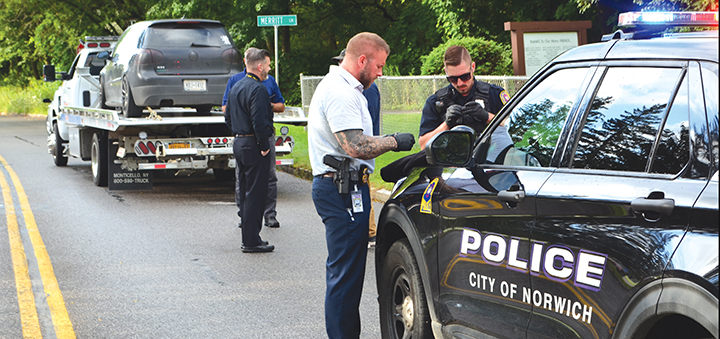
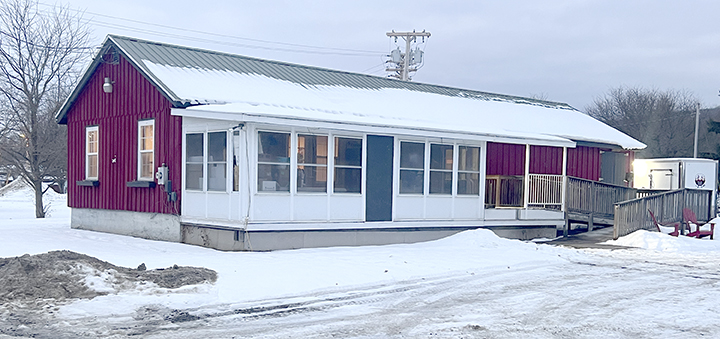

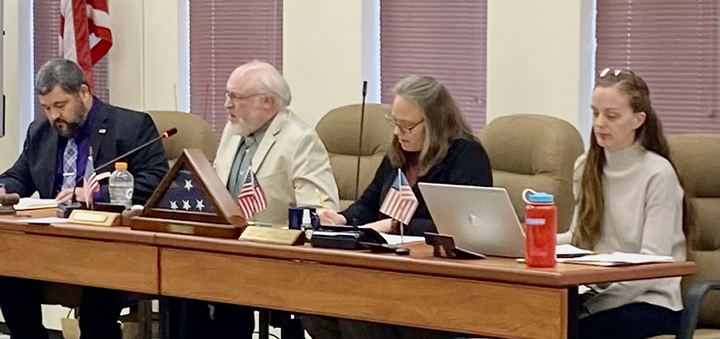
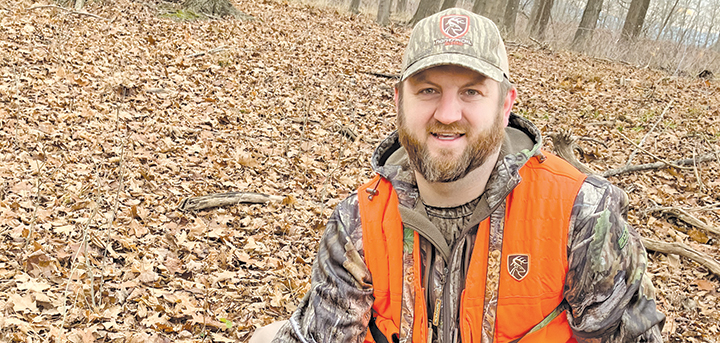


Comments